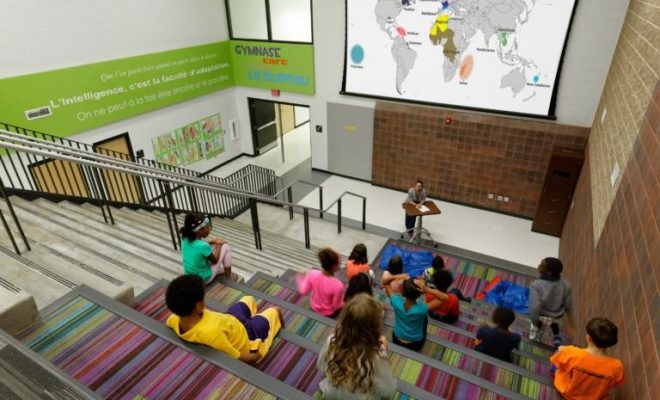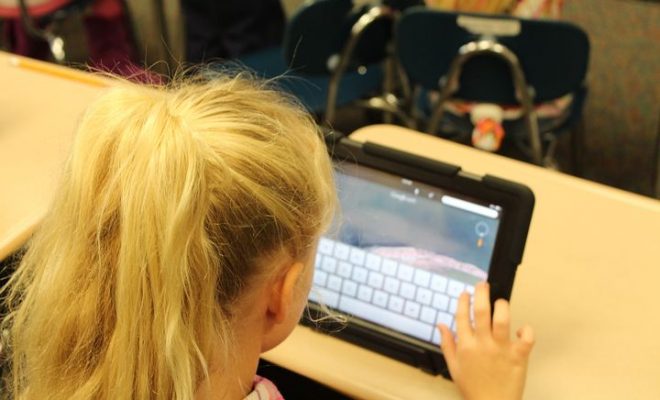Life Before Edtech: Access to Tech Devices

Lately, I have been reminiscing about my early years as a teacher, and how things have changed since then. It has been 17 years since I began my career as a 5th grade Social Studies teacher in my hometown of Hazlehurst, MS. My, how times flies. When it comes to technology, the differences between now and then are night and day, especially when it comes to access to tech devices.
For instance, when I started teaching in 2001, each classroom had only one computer, and even that was an older model, made obsolete by the speed at which tech was moving. If you wanted your students to have access to computers, you had to reserve the schools only computer lab, which contained 15-20 computers — many of which, where inoperable, meaning that students had to share a device, which sometimes caused power struggles. On top of that, the computers where of course outdated, and unable to perform at an optimal level. They consistently crashed, and the speed was comparable to a snail’s pace — just one of the drawbacks of working in an impoverished, rural school district.
Nowadays, students have their own tech devices, available to them at home and school. Instead of carrying around heavy textbooks, all their curriculum is accessible via their device. No need for pencils or a notebook, as assignments, can be completed on their devices. These students will never know how easy they have it. I mean, they always have access to the internet, either via WiFi or via a cellular connection.
They will never know the struggle of having to visit the library, and spend hours thumbing through the card catalog, to locate resources for their book report. With their tech devices and the internet, they can easily find 5-10 resources in a matter of minutes. Then type their report using the devices word processor, and edit it themselves using a grammar and editing app — no need to get a second pair of eyes to check your grammar.
Don’t get me wrong; I am thankful for all of the advances that we are experiencing in the tech industry. However, I think that in the midst of making information and learning so accessible, we rob our children of essential skills. What happens if the internet is down, if the power goes out for a few hours, or if devices are inoperable? Does learning have to cease until access to technology is restored?
No, it doesn’t; it just means that one way of facilitating the teaching and learning process is unavailable. Savvy teachers and students should be able to use high tech, low tech, or no tech to accomplish their educational goals. As long as we keep this in mind, the future of education is only as limited as our imaginations.






